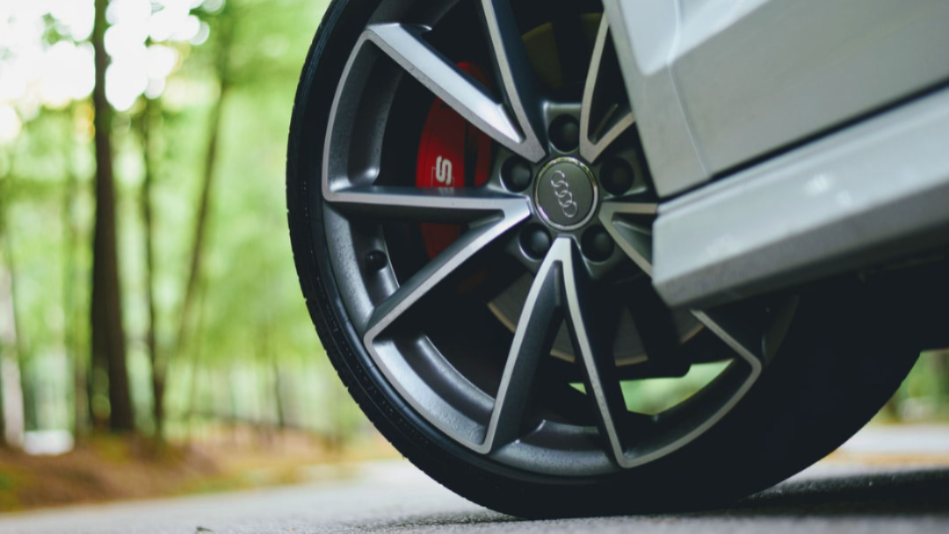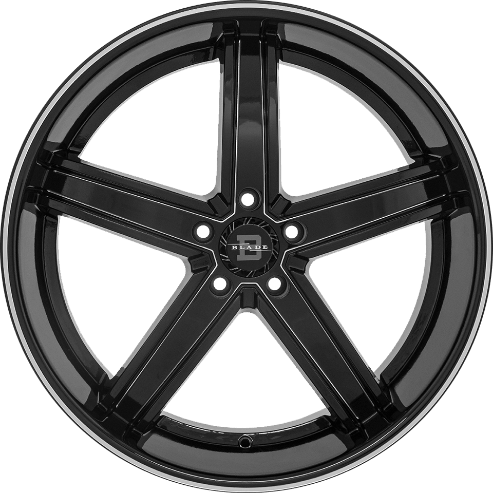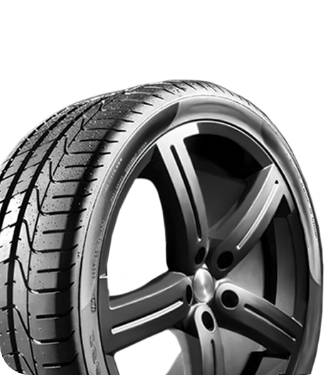

The Truth About 7 Common Tire Misconceptions
Safety Tips |Car tires are things that every driver understands, but there are still many delusions surrounding them. Some of these are old myths that may have been true at some point but are no longer relevant for modern times or just plain falsehoods that were never true to begin with. Our guide will explore the truth about seven common tire misconceptions, ranging from tire tread depth to tire warranties and more.
Myth 1: Tread Depth Doesn’t Matter in Dry Conditions
Some drivers believe that tread depth is only important for wet or snowy conditions while being irrelevant in dry weather. Drivers may think that since the roads are in optimal conditions, any tire will do the trick in stopping and controlling your vehicle at whatever speed. This couldn’t be farther from the truth.
The Truth
Tire tread depth directly affects your car’s traction and braking performance, regardless of the weather or road conditions. While you may not encounter water or snow on dry roads, shallow or worn tire treads can still reduce your car’s ability to grip the pavement effectively.
A car with nearly worn-out tires may require significantly more distance to come to a full stop compared to properly treaded tires. That delay could be the difference between avoiding an accident or causing one.
Myth 2: All-Season Tires Are Equally Good in All Weather Conditions
“All-season” might sound like a magic solution for all weather conditions, but it’s a bit of a misnomer. While all-season tires are versatile and perform adequately in a range of conditions, they aren’t ideal for extremes.
The Truth
All-season tires won’t perform as well as winter tires on icy roads or summer tires under extreme heat. Winter tires with softer rubber compounds and deeper tread patterns can tackle freezing temperatures and slippery surfaces much better than all-season tires.
Meanwhile, summer tires feature stiffer rubber compounds and less aggressive tread for optimum performance in warm, dry conditions. If you frequently encounter extreme weather, special tires are the smarter, safer choice.
Myth 3: Tire Pressure Should Always Match the Maximum PSI on the Sidewall
Looking at the sidewall for your tire’s PSI level might seem logical, but it’s a common misunderstanding. The PSI written on the sidewall indicates the maximum pressure the tire can safely handle—not the optimal pressure for your vehicle.

The Truth
For the best driving experience and tire performance, you need to follow the tire pressure the manufacturer recommends in your car’s owner manual or on the driver’s side door frame. Driving on over-inflated tires can reduce traction and cause uneven tread wear, while under-inflated tires can increase your risk of a blowout and lower your fuel efficiency. Regularly checking and maintaining the correct tire pressure keeps your car running smoothly and efficiently.
Myth 4: You Don’t Need to Rotate or Align Tires
Unfortunately, some car owners still believe they don’t need to regularly rotate or align their tires—it’s just a scam service to bilk them out of money. However, tire rotation and alignment play a critical role in extending the lifespan of your tires and ensuring an even wear pattern.
The Truth
By rotating your tires every 5,000 to 7,500 miles, you distribute their wear more evenly, helping you avoid the need to replace them prematurely. Alignment ensures that your car’s tire angles meet the manufacturer’s specifications, improving fuel economy, handling, and safety.
Myth 5: You Only Need to Replace One Tire at a Time
Cost-conscious drivers often make the mistake of replacing just one damaged or worn tire at a time, but this approach can compromise your vehicle’s safety and performance. Even if you’re just replacing one tire, you should also replace the entire set for your car’s good.
The Truth
You should always replace all four tires because mismatched tires create uneven traction and handling, which can worsen in emergency braking or turning situations. Having all four tires with similar tread depth and performance characteristics ensures balanced control and a smoother driving experience.
Myth 6: Tire Warranties Cover All Damage
When purchasing new tires, many buyers believe warranties will protect them against every possible issue. Unfortunately, this is not the case.
The Truth
Most tire warranties only cover manufacturing defects or treadwear within specific mileage limits. They rarely account for damage from road hazards, such as nails, potholes, or other debris. Drivers should always read the fine print and become intimately familiar with what their new tire warranty covers and doesn’t cover.
Myth 7: Lowering Tire Pressure Always Improves Traction
One common tip for drivers is if they’re struggling for traction on a certain surface, you should let out some air in the tires to lower the pressure. While dropping tire pressure is useful for off-road tires in off-roading conditions, everyday drivers shouldn’t do it.
The Truth
Lowering tire pressure to gain traction is a risky approach for regular roads. If your tires are struggling for traction on snow or ice, you should utilize other methods to get a better foothold rather than letting air out of the tires. For optimal traction and safety, stick to the manufacturer’s recommended tire pressure.

Tips for Tire Maintenance
Now that we’ve uncovered the truth about these common tire misconceptions let’s offer some actually useful advice! If you want your tires to work better for longer, keep these tips in mind.
Check Tire Pressure Regularly
Maintaining the right tire pressure is one of the easiest ways to ensure safe and efficient driving. Tires that are over- or under-inflated will reduce fuel efficiency, cause uneven wear, and even cause tire failure.
Use a reliable pressure gauge to check your tires at least once a month whenever there’s a significant temperature change. Always compare the readings to the manufacturer’s recommended pressure.
Inspect Tread Depth
Tire tread is what grips the road while driving, so drivers should always keep a close eye on the depth of their vehicle’s tire tread. A simple way to check tread depth is by using a penny—insert it with Lincoln’s head facing downward. If you can see all of Lincoln’s head, it’s time to replace your tires.
Otherwise, you can use a tread depth tool for a more accurate reading. Regularly inspecting the tread can help you stay ahead of potential issues and ensure your tires are ready to handle various driving conditions.
Rotate Tires Consistently
As we discussed, car owners must rotate their tires consistently according to their vehicle’s recommended service schedule. Tire rotation ensures even wear across all four tires, which can extend their lifespan and improve overall performance. Most manufacturers recommend rotating your tires every 5,000 to 7,500 miles, but check your vehicle’s manual for specific guidelines.
Drive Confidently with RNR Tire Express
Understanding the truths about tires empowers you to make smarter decisions about your vehicle. Whether you need to replace your tires or it’s time for a tire service, RNR Tire Express tire shop in Laredo can help!
Our tire experts and mechanics can help you find the ideal tires for your car or ensure a smooth, easy service like rotations, alignments, and more. View our inventory of tires online or schedule an appointment with one of our tire experts today!





